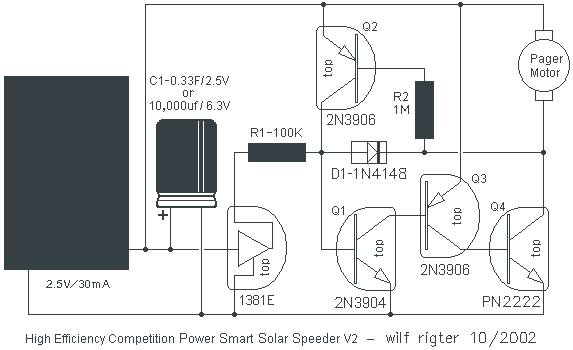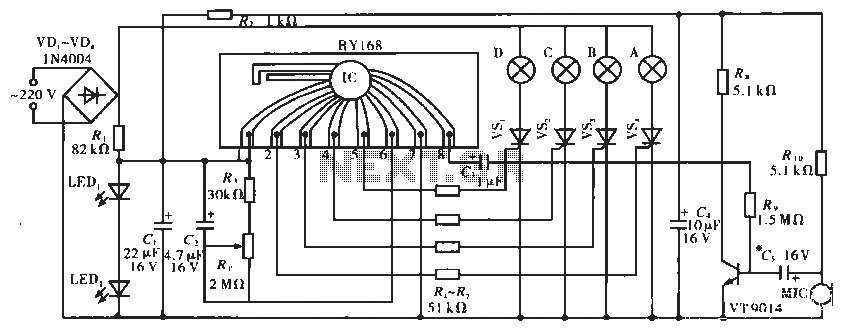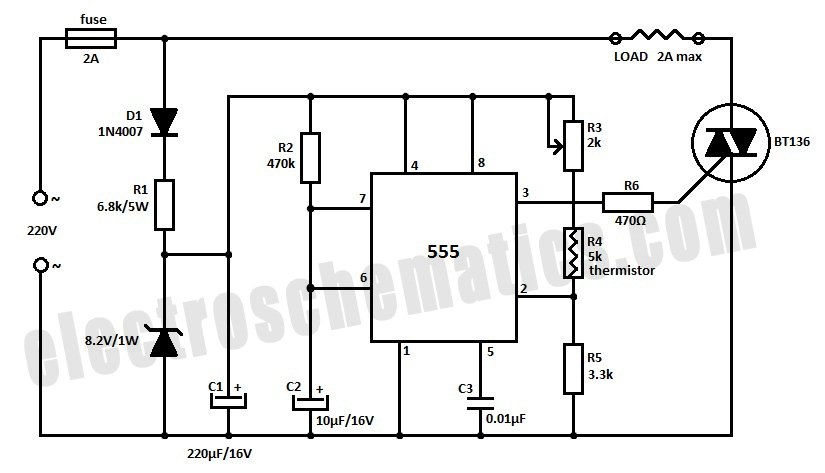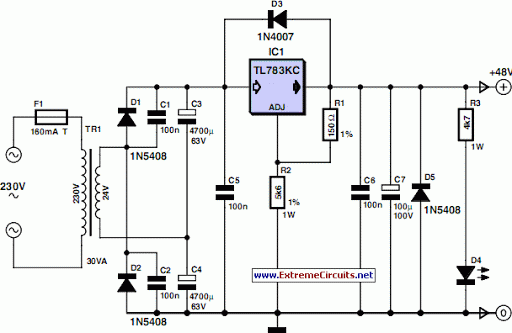
Power Control Unit

This shows the overall circuit diagram of the power control unit. On the left, there is a main relay controlled by the key switch.
The power control unit circuit diagram illustrates the primary components and their interconnections for managing electrical power within a system. The main relay, positioned on the left side of the schematic, serves as the central control element, activated by the key switch. This relay is responsible for enabling or disabling the flow of power to various subsystems based on the user's input through the key switch.
The circuit typically includes additional elements such as fuses for overcurrent protection, diodes for flyback protection, and possibly indicator LEDs to show the operational status. The key switch usually connects to the relay coil, ensuring that when the key is turned to the 'on' position, the relay is energized, closing its contacts and allowing current to pass to the downstream circuits.
In more complex designs, auxiliary relays or contactors may be included to manage higher power loads or to provide additional control features. The layout of the circuit should ensure that all components are properly rated for the expected voltage and current levels, with appropriate wire gauges and connection methods to ensure reliability and safety. Each component should be clearly labeled in the schematic to facilitate understanding and troubleshooting by technicians or engineers who may work with the circuit in the future.This a shows the overall circuit diagram of the power control unit. On the left, there is a main relais controlled by the key switch and the .. 🔗 External reference
The power control unit circuit diagram illustrates the primary components and their interconnections for managing electrical power within a system. The main relay, positioned on the left side of the schematic, serves as the central control element, activated by the key switch. This relay is responsible for enabling or disabling the flow of power to various subsystems based on the user's input through the key switch.
The circuit typically includes additional elements such as fuses for overcurrent protection, diodes for flyback protection, and possibly indicator LEDs to show the operational status. The key switch usually connects to the relay coil, ensuring that when the key is turned to the 'on' position, the relay is energized, closing its contacts and allowing current to pass to the downstream circuits.
In more complex designs, auxiliary relays or contactors may be included to manage higher power loads or to provide additional control features. The layout of the circuit should ensure that all components are properly rated for the expected voltage and current levels, with appropriate wire gauges and connection methods to ensure reliability and safety. Each component should be clearly labeled in the schematic to facilitate understanding and troubleshooting by technicians or engineers who may work with the circuit in the future.This a shows the overall circuit diagram of the power control unit. On the left, there is a main relais controlled by the key switch and the .. 🔗 External reference




